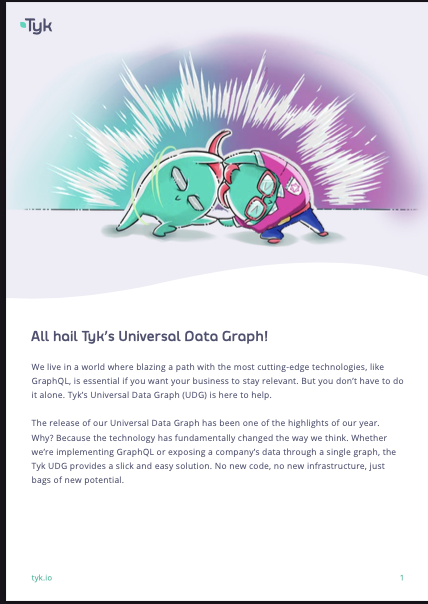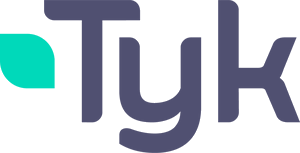Tyk’s Universal Data Graph

GraphQL is a very promising technology that many different organizations, large and small, are adopting. With the adoption of new technology comes many challenges that may be apparent, such as the initial cost to buy into technology and build with it, but many often forget the hidden costs and concerns to mitigate such as developer skills gaps that can lead to technical debt and increased cost to support the new tech.
In this Litepaper, we aim to highlight some of the most pertinent concerns when adopting GraphQL, how Tyk may be able to help and inspire confidence that adoption can be done in a more predictable and easier way. The main focus of the first part of the paper revolves around some of the common reasons and issues enabling and hindering the adoption of GraphQL.
These include:
• Migrating multiple REST or GraphQL APIs into a single GraphQL API or unified data graph
• Supporting old APIs and existing client applications while moving forward with GraphQL in unison
• Acknowledging the “fear of the unknown” when adopting GraphQL and how to assess project budgets and possible fallback plans
As part of the above realizations, we lastly delve into some solutions with Tyk’s API Management platform to aid in solving them. This includes a glimpse at Tyk’s Universal Data Graph, what we call UDG, and how it can help to move GraphQL into your organization with minimal friction and work.
Specifically, we will discuss how to solve:
• The GraphQL skills gap that your team may be facing
• Time and budget concerns for the adoption of GraphQL
• Strategies for supporting your old stack while enabling that development of GraphQL within the organization
• Technical debt from sub-optimal GraphQL implementations leading to a long-term increase in cost of ownership
• Developing a fallback if GraphQL is not a good fit for your organization and how to build your first GraphQL API with this in mind


